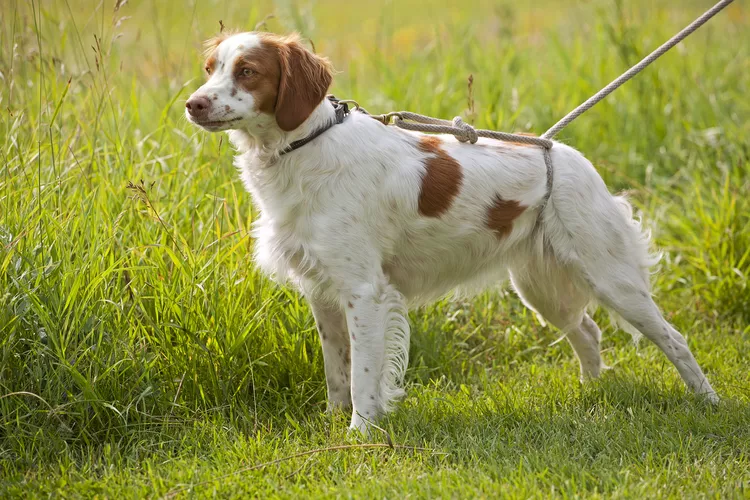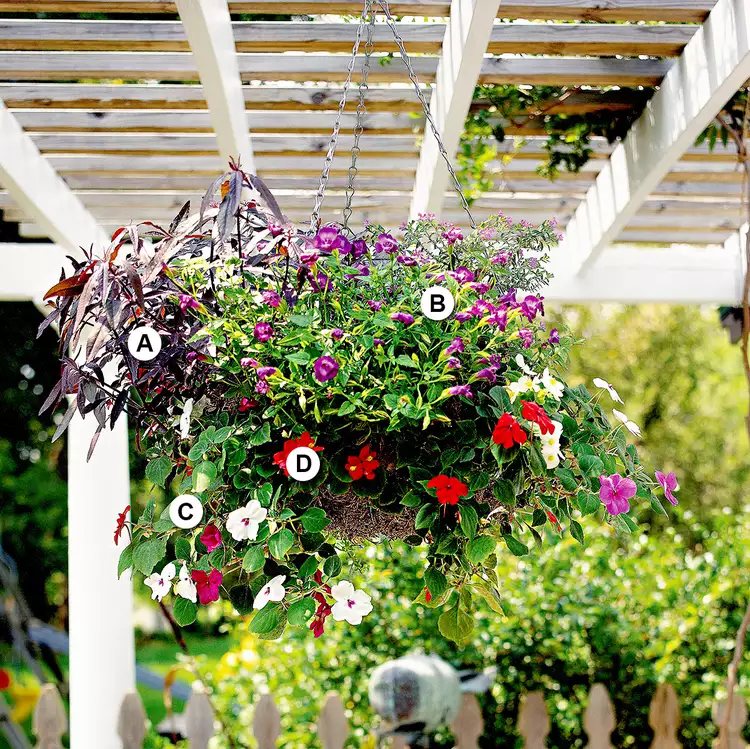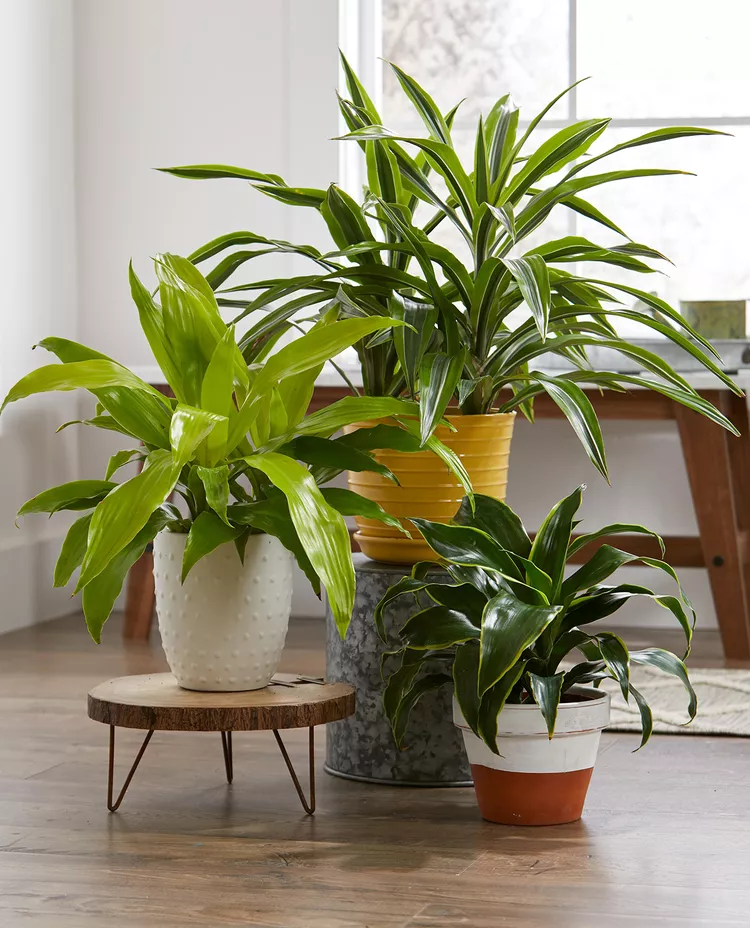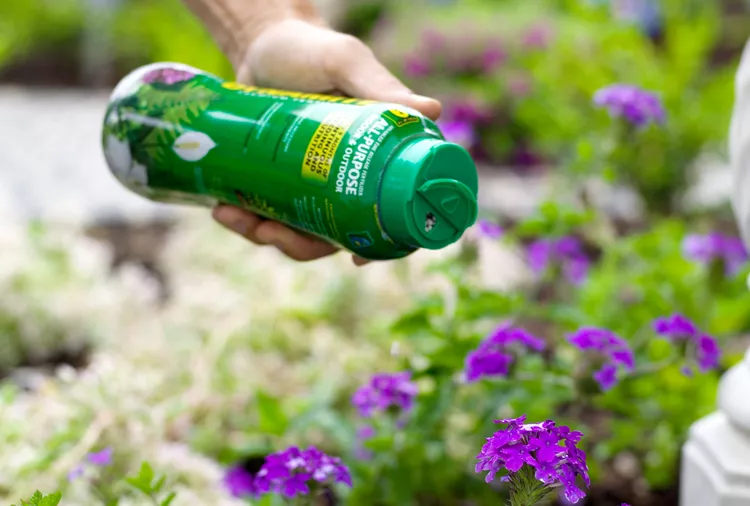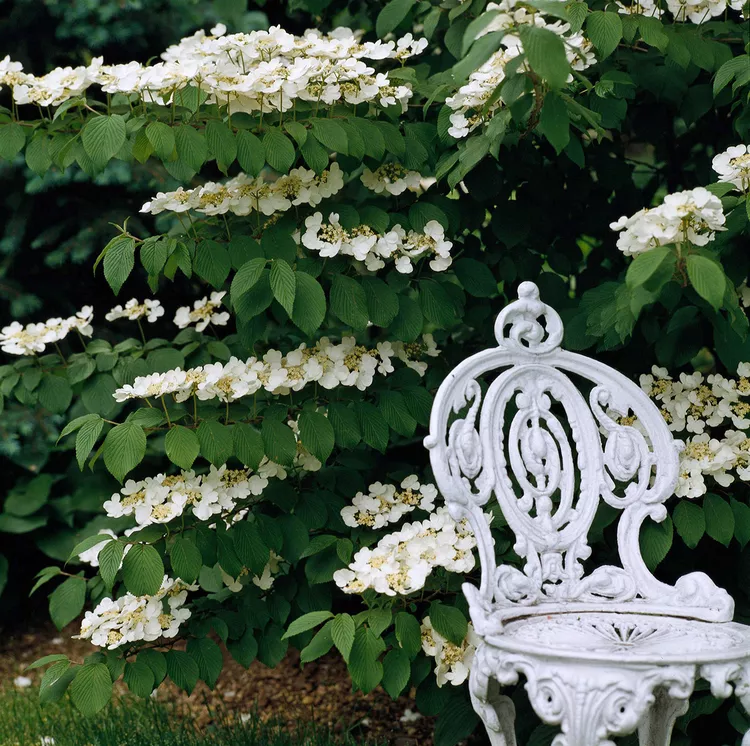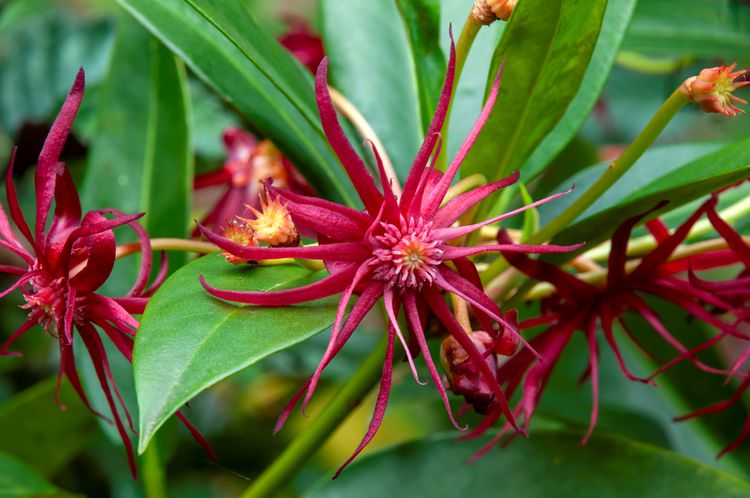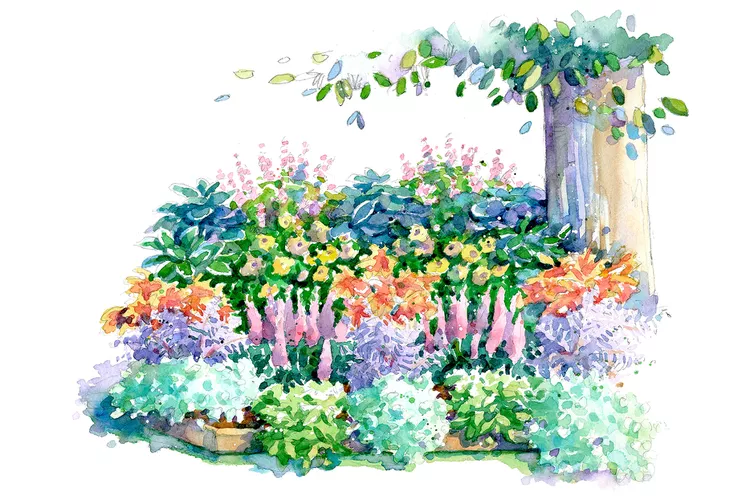When you know how to prune roses properly, you'll get almost immediate rewards for your efforts, such as more blooms through the season and healthier plants. So don't let your roses' prickly limbs and sometimes unruly growth habits intimidate you. Once you've learned the simple step-by-step process for pruning any type of rose explained below, just pull on a thick pair of gauntlet gloves, grab your favorite pruning shears, and start snipping.
When to Prune Roses
Plan to give your roses a good pruning at least once a year. For once-blooming rose varieties, wait until early summer to prune them just after they've bloomed. They can be shaped up a little more in late summer, but beyond that, pruning healthy stems (also called canes) will reduce the number of blooms you get next year.
For most other types of roses, the best time to prune them is in late winter or spring, right after your last frost date. You'll want to track your local weather forecast because late frosts can vary by weeks or even months from year to year. Though it's not something to stress over, optimal timing will help prevent injury to your plants and save you from having to prune out new cold damage repeatedly.
How Much to Prune Back Roses
There are a few different approaches to pruning roses, depending on what you want to get out of them and what type of rose they are. Newly planted roses should be only lightly pruned during their first year so they can spend more energy on establishing strong roots instead of growing stems and leaves.
You can experiment with these three styles for older, healthy roses:
- Light pruning removes less than a third of the plant. If a rose has a nice natural shape with good bloom and little disease, you can be very selective about your cuts.
- Moderate pruning cuts the plant to 18 to 24 inches high with five to 12 canes from the base. Do this if you want to improve the branching structure of your plants, which will encourage new growth and better flowering.
- Severe pruning takes roses to 6 to 10 inches in height and three to five canes. It's ideal for long-stemmed flowers like classic hybrid teas or to refresh any older plants that aren't performing well. Remember that some varieties may not bloom well right after being cut back this much. Instead, they may focus on regrowing stems that may not bloom until the following year, even if the rose would typically repeat bloom all season.
Climbing roses are an exception when it comes to pruning. If they've gotten overgrown, you can drastically reduce their overall size by removing excess canes at the base of the plant, but you should leave at least three to five canes, and don't cut them shorter than 5 feet.
How to Prune Roses, Step by Step
After you decide how much you want to prune your roses, follow this step-by-step guide to figure out what you should remove in order of priority. Make all final cuts at a 45-degree angle above an outward-facing bud eye, pictured above. As you work through these cuts, remember that roses are vigorous plants that are hard to damage irreparably. In most cases, new growth will quickly hide any mistakes you make.
You don't need to seal most cuts on pruned roses because the plant will take care of that itself, but some gardeners like to use a dab of white glue on cut surfaces to help prevent disease and pest problems such as cane borers.
1. Remove dead parts.
Remove any dead branches and canes. Cut back to live wood; it usually looks green on the outside.
2. Prune broken or unhealthy branches.
Prune diseased or damaged branches back to healthy wood.
3. Remove crossed branches.
Clip away branches that cross through the center of the plant. Cut them back at the point where they originate on a main stem to help open up the center of the plant.
4. Clear weak growth.
Remove any growth that is much thinner or weaker than the rest. This will help direct the plant's energy toward its stronger stems.
4. Remove suckers.
For grafted roses, cut off any suckers that start growing from the root stock. This growth won't have the same characteristics of the plant above the graft union.
5. Eliminate old growth.
Take out older woody growth, unless it would thin out the plant too much. This will encourage the rose to produce young, vigorous growth that will flower more.
6. Prevent rubbing branches.
If any remaining branches rub against each other, cut away the smaller ones. Otherwise, the wound made by the rubbing can allow in diseases.
7. Shape plants as desired.
Make cuts to adjust the overall height and width of your rose. Shaping the plant's top into a rounded dome rather than a flat top encourages flowering from top to bottom.
8. Clean up pruning debris.
When you're all done pruning your rose, it's time for what may be the most difficult part: clean up. Raking clippings into a large makeshift dustpan, such as a cardboard box, is the easiest way. Then, you can step back and watch your roses thrive and bloom for another year.






